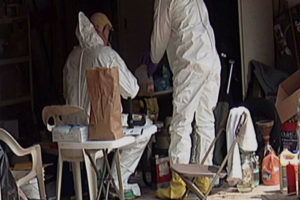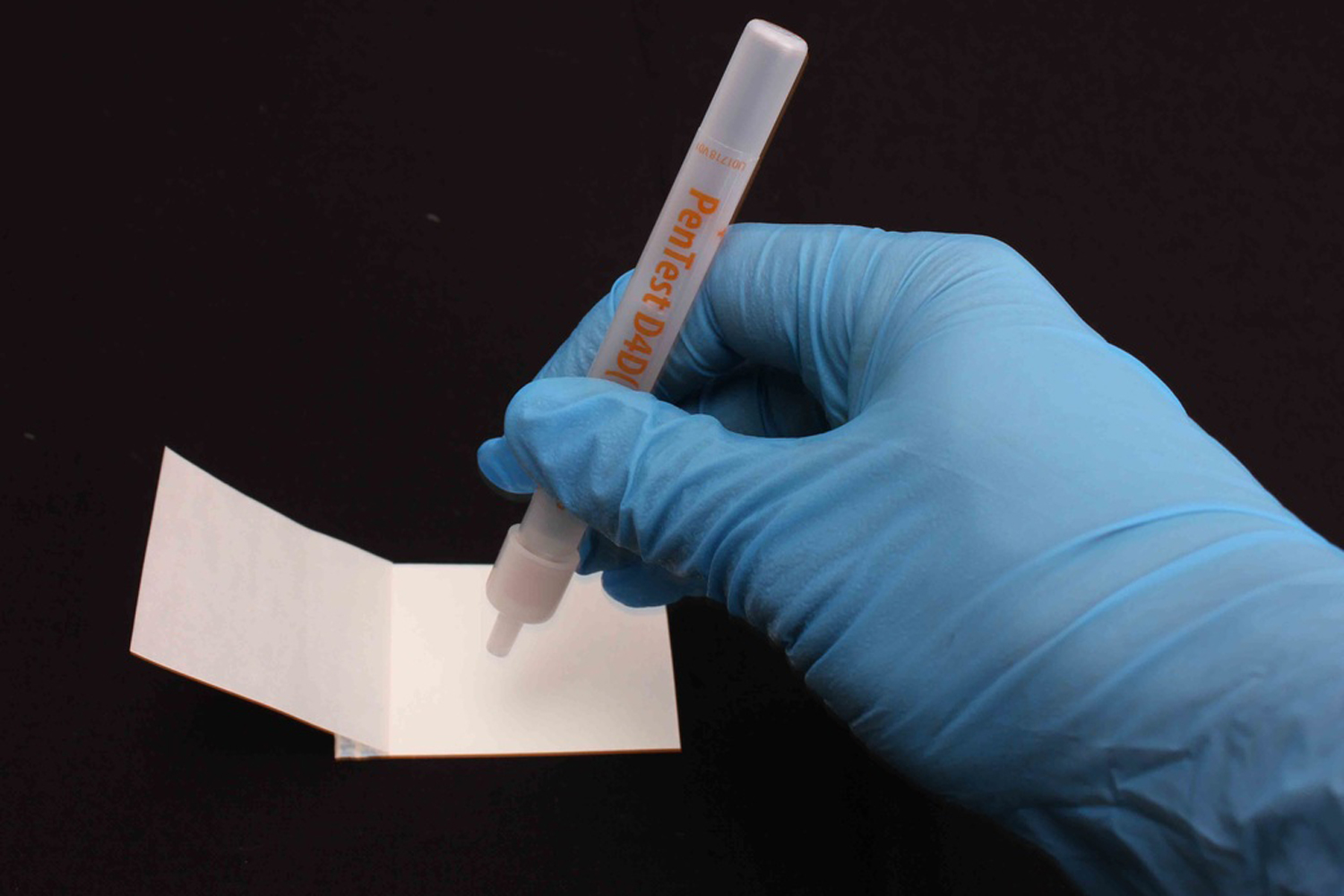4 June 2014 – Author: Stephen Smith – Source: sourceable.net
 All around the world, a growing phenomenon of using private and often rented accommodation as laboratories for producing methamphetamine is causing enormous headaches for property owners and neighbours and spawning a new wave in construction related litigation.
All around the world, a growing phenomenon of using private and often rented accommodation as laboratories for producing methamphetamine is causing enormous headaches for property owners and neighbours and spawning a new wave in construction related litigation.
Methamphetamine, also known as crystal meth, P or ice, is a deadly drug, the use of which has been proliferating in the west in recent years. The drug and the phenomenon of the ‘meth cook’ was immortalised in the recent television seriesBreaking Bad.
The spread of this scourge has been aided by the fact that it can be manufactured or cooked domestically in meth labs, meaning the reliance upon imported drugs such as cocaine or marijuana is not as pronounced. Meth labs have been set up in caravans, country barns and most problematically in rental accommodation.
The drug is highly and sometimes instantly addictive and its ability to generate essentially a synthetic euphoria can have a very deleterious effect on brain cells, lungs other vital organs. It can also precipitate severe and often violent mood swings.
“If a violent man’s natural inclination was to thump someone in the head, if he was on meth P and a spade was handy, he would be more inclined to chop his head off,” a retired judge recently told me.
Then, there is the impact on the built environment. The labs are toxic environments, as evidenced by the fact the cooks wear protective respiratory gear and clothing to prevent inhalation and skin ingestion of the chemicals. The vapours are toxic and can permanently contaminate building fabric and surfaces, creating a highly poisonous building or home.
Unbeknownst to future occupants, they may be moving into a deadly environment that can only be rectified with costly remediation. Insurers are reporting an increase in claims for toxic buildings. Given the vast web of those affected, this is not surprising.
All this is spawning a new litigation paradigm involving a variety of actors. In circumstances where a premises has been used for illegal manufacturing of this toxic substance, a future tenant or land owner may sue the original owner or landlord for leasing or selling a toxic abode. The question arises whether caveat emptor applies, or whether a vendor is obliged to ensure the premises are not toxic when put on the market.
A landlord unaware of the fact that his apartment had been used as a cook house may feel inclined to join the agent that let the unit for negligence supervision. Adjoining owners may be inclined to sue neighbours for illnesses emanating from airborne illnesses that culminate in physical harm or diminution in value flowing from the migration of airborne particle.
The consequences of meth lab contamination can be more far reaching where in a high rise residential development the toxicity permeates into adjoining apartments and jointly utilised amenities such as air conditioning systems.
We are thus witnessing the emergence of a new wave ofconstruction related litigation. The sick building syndrome more commonly associated with Legionnaires disease may become more commonly associated with meth cooking labs.
Along with any new industry comes the new professionals (i.e. the remediation professionals who will need to be retained to decontaminate polluted environments.)
Vendor statements will need to disclose the fact that an abode had been used as a meth lab or meth cooking facility, which needless to say will have a very negative effect on price. And failure to engage in such disclosure will be grounds for contract recession in many instances as it would be non-disclosure of a material fact.
Further, criminal liability may ensue if it can be established that a property owner or landlord acquiesced when confronted with knowledge of the fact that a facility was being used as a meth lab.
All this means two things. First, prospective purchasers of residential/accommodation property in certain areas and circumstances would be well advised to obtain pre-purchase inspections. Second, local government will need to apply vigilance in terms of deploying environmental penalty and evacuation notices.
All across the world, the increasing prevalence of meth labs in private accommodation poses enormous challenges to public health. It also poses challenges to the built environment and those who operate and work within it.



